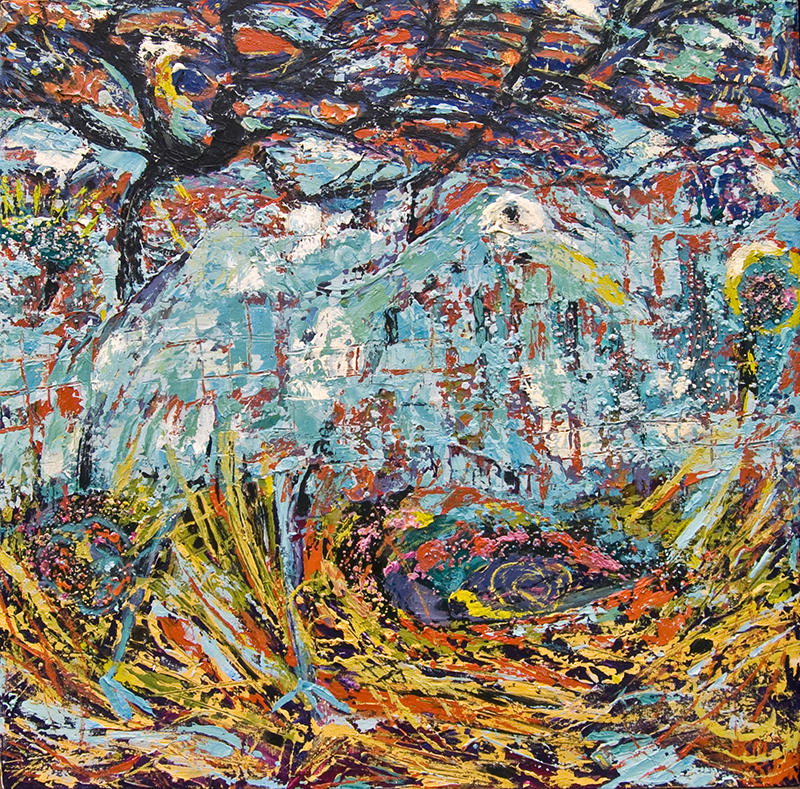Re: “Butcher of the Alvar“. I like how it reveals the vulnerability of all species by highlighting the personality and decline of one of Canada’s most ferocious songbirds, the eastern loggerhead shrike. If a carnivorous avian warrior who sings while impaling its prey on thorns can become endangered, then we should be concerned about the fate of each and every species.
– Rebecca St. Pierre
I moved from Ontario to Vancouver Island five years ago and have continued as a supporter of Ontario Nature and Canadian Nature Conservancy. I was just reading about the loggerhead shrike and the Carden Alvar by Luke Fuelding. It brought me back to memories of open grassland in Essex County, off what was once 3rd Concession Road. It was a richly inhabited area of hawthorn trees, grasses and flowering plants.
My most memorable days as a child were spent wandering through those fields investigating the plants, trees and insects. Returning many times to this field I examined the galls on some plants finding that they were houses for insects. Hawthorn trees had an oddly compelling scent. Windsor summers were hot, and I gravitated through the waist high grasses to a large sprawling tree that created some shade over a narrow shallow stream. Respite from the heat and a place of living beauty. Having been brought up on stories of English fairies, this was indeed like the enchanting places where fairies would dwell. I declared this my secret place. One day, while languidly looking into the stream, I saw something moving in the water walking along the bottom. They looked like tiny lobsters. I had never seen them before. Crayfish were a fascinating discovery and I kept it a secret. It is gone now.
Sixty years later, I still seek out places like this. Just last week my husband and I were walking along a river trail along the Cowichan River. I think that it would be defined as an Alvar because water lies in shallow areas where grasses are dense. A man also walking there pointed out a shrike in the tree near the river. There was a dead seal on the shore. I do not know if the shrike was feeding on it at all. I had never seen a shrike. So, I just wanted to tell you they may be nesting in this area.
I have also been very aware that whenever I have seen development in Ontario especially around Mississauga, Hawthorn trees are often ripped out. It is a shame because they have a beautiful shape and a lovely flowering. It is the thorns that people do not like. Some trees, all native trees should be protected and new developments including office buildings should have to retain native plants and trees as their permanent landscaping. I remember one office building. When finished had done just that – in the spring and fall their front property was a field of wildflowers and bees. It did not last. The next time that I drove by there was grass. Keep up you good work and be sure it gets published.
– Susan Collacott, Vancouver Island


